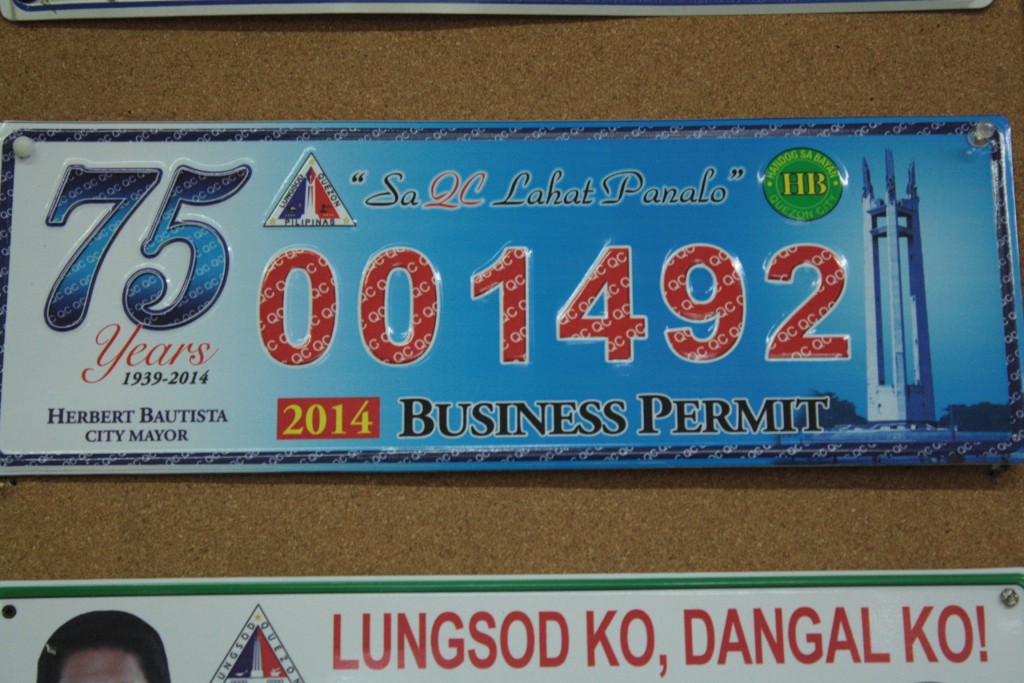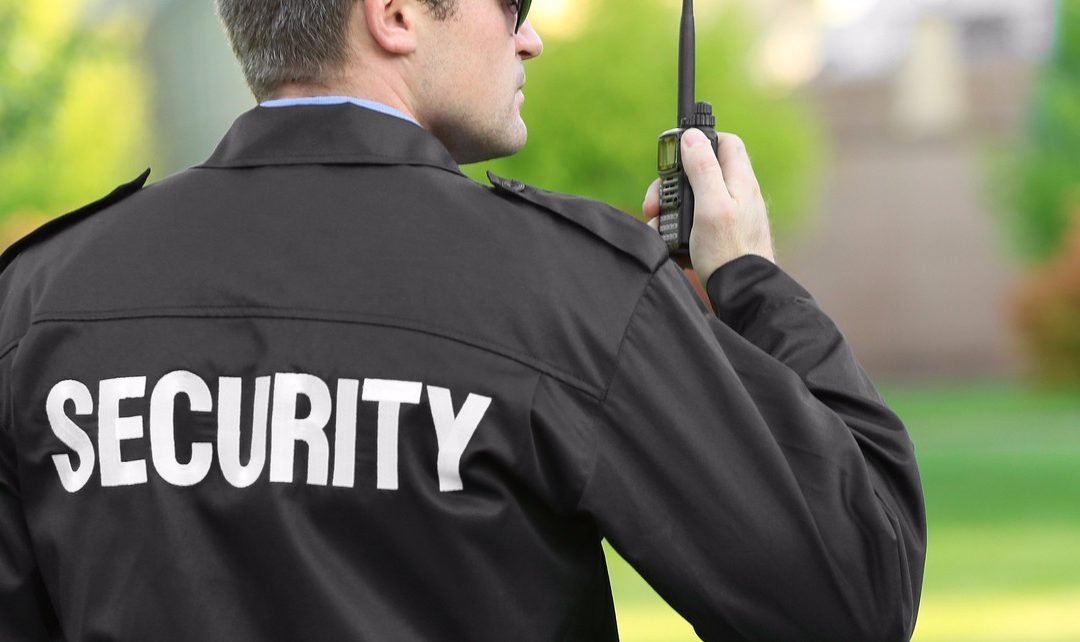How to Apply for a Mayor’s Permit (Business Permit)
Every company and business establishment in the Philippines is required to secure a Mayor’s Permit (also called a Business Permit) in order to operate legally. This permit is issued by the Local Government Unit (LGU), your city or municipality, and is one of the most important prerequisites before opening shop.
Before applying, your business must first be registered with:
- DTI for sole proprietorships (How to Register Your Business with DTI)
- SEC for partnerships or corporations
- CDA for cooperatives
Why You Need a Mayor’s Permit
Getting a Mayor’s Permit is more than just compliance. It ensures that your business follows local rules on zoning, safety, sanitation, and taxation. Without it, your business may face fines, closure orders, or roadblocks when trying to open a bank account, lease commercial property, or apply for other necessary permits such as the Barangay Clearance.
When and Where to Apply
Timing is important when it comes to business permits. For new businesses, you need to file at your LGU’s Business Permit and Licensing Office (BPLO). For renewals, these are done annually between January 1 and 20. Late renewals can get costly since LGUs impose penalties for missed deadlines. Some cities now allow you to file and even renew online, but many still require in-person verification and inspections.
Requirements for Applying for a Mayor’s Permit

Each city or municipality may have slightly different requirements, but there are core documents that almost every LGU asks for. These include your Barangay Clearance, DTI or SEC registration, lease contract or proof of ownership, Cedula, and in some cases Public Liability Insurance. If you are applying through a representative, they also need an authorization letter and a valid ID.
If your business is a franchise, additional supporting documents may be required. Check this guide on Documents Needed in Franchising for reference.
In addition to these primary documents, supporting permits are required from various departments. The Engineering or Building Office may ask for a Building and Occupancy Permit. The Electrical Department checks safety compliance through an inspection. The Sanitary Office issues a Health and Sanitary Permit, which sometimes requires employee health checks. The Bureau of Fire Protection conducts inspections and issues a Fire Safety Inspection Certificate. Lastly, the Zoning Office will release a Locational Clearance after confirming compliance with ordinances.
Step-by-Step Application Process
Although the process sounds complex, it is fairly structured once you know where to go. Here’s what you can expect:
- Application at BPLO: Begin by filling out the official application form and submitting your initial documents.
- Engineering Office: Present your building and occupancy permits for assessment. Some LGUs require sketches or floor plans.
- Electrical Department: Undergo an electrical inspection to secure certification.
- Sanitary Office: Apply for a Health and Sanitary Permit, sometimes involving health exams or seminars.
- Zoning Office: Secure zoning clearance, which may require an inspector to visit your location.
- Bureau of Fire Protection (BFP): Have your premises inspected for fire safety compliance. Extinguisher requirements vary by floor area.
- Back to BPLO: Once all other clearances are secured, return to BPLO for final verification. Fees will be assessed.
- Treasurer’s Office: Pay your assessed fees and collect receipts.
- Releasing: Pick up your Mayor’s Permit and business plate, typically within 1 to 3 days.
Fees and Penalties
Business permit fees can vary widely depending on your LGU and the type of business you operate. On average, expect to pay between ₱2,000 and ₱5,000. Additional charges may include sanitary fees, fire inspection fees, or building inspection charges. If you miss the renewal deadline, LGUs usually impose a 25% surcharge plus 2% monthly interest. In some cases, they may even issue closure orders.
Apart from these fees, do not forget that running a business also means paying national and local taxes. To understand what applies to you, check out this guide on Taxes a Small Business Needs to Pay.
Renewal Process
Renewing your permit is an annual responsibility that should not be overlooked. The renewal period is always from January 1 to 20. You will typically need to provide updated documents such as a Barangay Clearance, your old Mayor’s Permit, Cedula, insurance records, and proof of tax payments. Some LGUs now offer online renewals or one-stop-shop services that combine multiple offices in one location, making the process faster and less stressful.
Special Notes for 2025
There are a few updates worth noting this year. Some LGUs now provide quick online renewal options, even offering delivery of permits. Cities like Parañaque have set up a Business One-Stop Shop (BOSS) that allows you to process everything in one place. Finally, rules can differ for home-based or online sellers, so it is always best to call your City Hall for confirmation.
Final Tips
Securing a Mayor’s Permit can feel like a marathon, but preparation makes it manageable. Gather your documents early, especially if you are renewing in January when LGUs are busiest. Take advantage of online systems where available, and always keep photocopies of everything. A quick call to your local government office before applying can save you from unexpected setbacks.
With your Mayor’s Permit in hand, you can operate your business legally and confidently. The process may seem tedious at first, but once you have gone through it, renewals become much easier in the following years.








Hello, I would like to ask. Do I still need to get a Mayors permit eventhough my business is an online software testing? There is no establisments and products selling. My business is just all about testing the softwares of the clients. What permits should I accomplish?
Thank you in advance. God Bless.
i have travel agency through online marketing home based. i dont have physical office. do i need to have business permit?
Can we request for a copy of business permit of Esterly Company in Makati address Pbcom bldg
Hi good day still we need to apply a Mayor’s Permit even a small garments with 6 employees? Thank you
can i ask f pwdi po ako makakuha ng mayors permit kahit d ako botante sa lugar?
thank u and god bless po
Hi good afternoon mag aapply Po ako mayor’s permit para sa water refilling station sa Socorro,surigao del Norte and magkanu po yung babayaran lahat
Hi, im starting my own food cart business, which i franchiaed from re, how will i apply for the permita since ours is franchuse only but my cousins nd i owned it, one is silent partner and its just the 2 of us who will ve working
Hi, good day.
I would like to humbly ask if there is a need to apply for mayor’s business permit eventhough the business location is at home or in barangay only?
Could you pls help what kindly of permit do i need to apply for?
Thank you
Why is it that TNVS Mayors permit in Caloocan City is 6000 pesos? Its too much for us operator who also pay taxes to earn a living. Grab operators dont earn too much for this business. LTFRB only give 3 months for PA and we can not get this much money out of our business TNVS.
Need ko po ba kumuha ng business permit kahit maliit na vape shop lng po at 1 tao lang po bantay.,salmat
Magkano po astusin makakuha mayors permit sa taguig?
Required po ba ang medical certificate sa pagkuha ng bussines/mayors permit kahit used clothes ang benta mo?
Paano po kapag kami po ay sa mga school events lang wala po kami permanent na store kailang lang po namin ay ang sanitary permit, kailang pa po ba namin bayaran pati ang mga fire etc…
Ano pong Brgy Clearance yung nka state po ba yung kung para saan yung brgy clearance.
Good day. If u have a single driver owner as tnvs u have to comply this brgy. Sanitary fire etc…this is a car not a business in a lot. Thank you.
Hi Plano ko po mah tayo NG isang tahian sa Cavite, ngaun nag search ako NG dapat malaman at gastos kng kukuha ako NG permit.
Tanung oo lng po mah kanu po Kia Ang gastos sa pag kuha NG permit, bale subcon garments po na maliit lng ung balak Kong tahian.
Salamat po
hello pwde ppo ba kumuha ng mayor permit sa qc kahit nagwowork ka sa ortigas
1663 soler st sta cruz manila
Matagal na po ako nag apply ng ma
yor’s permit,month of may3 pa